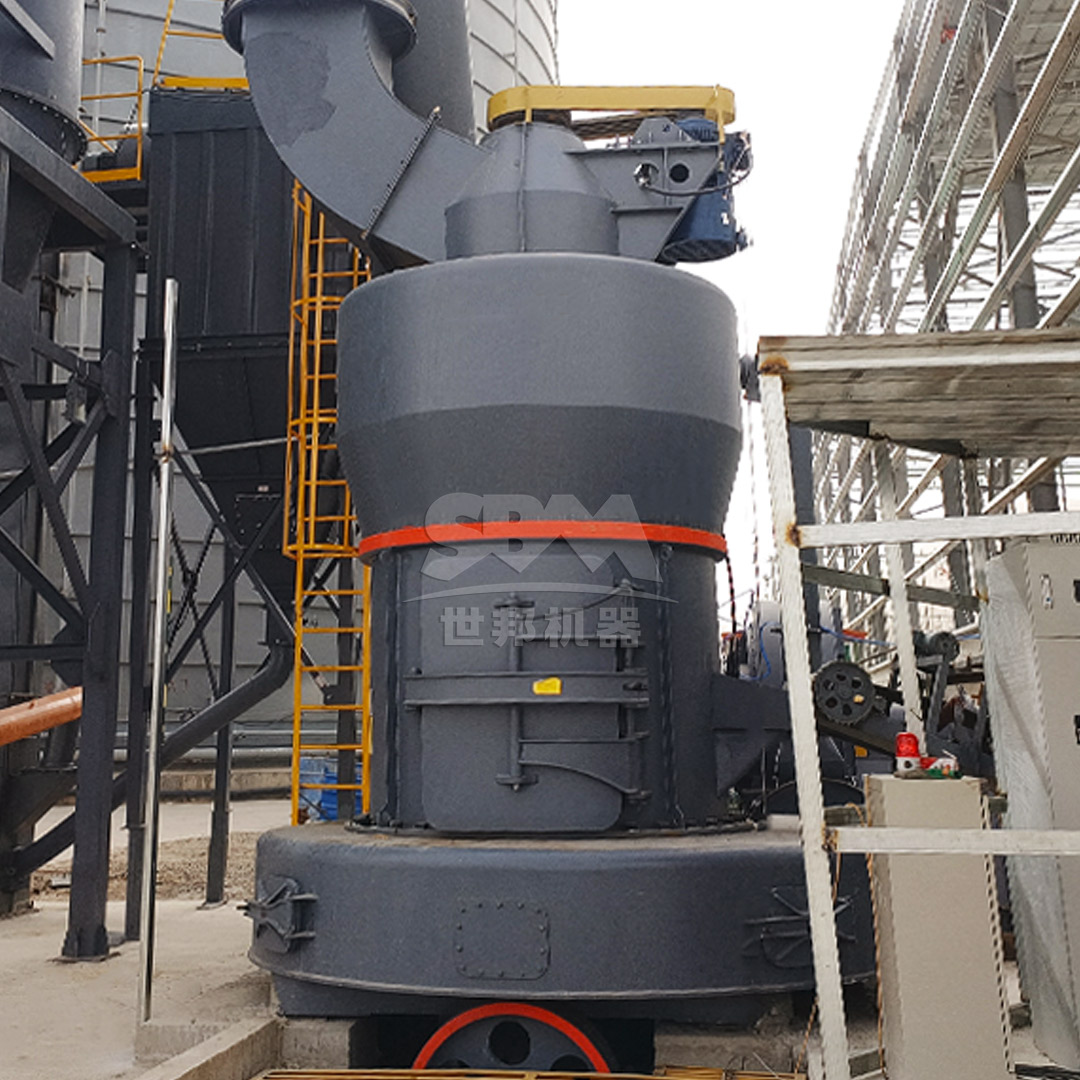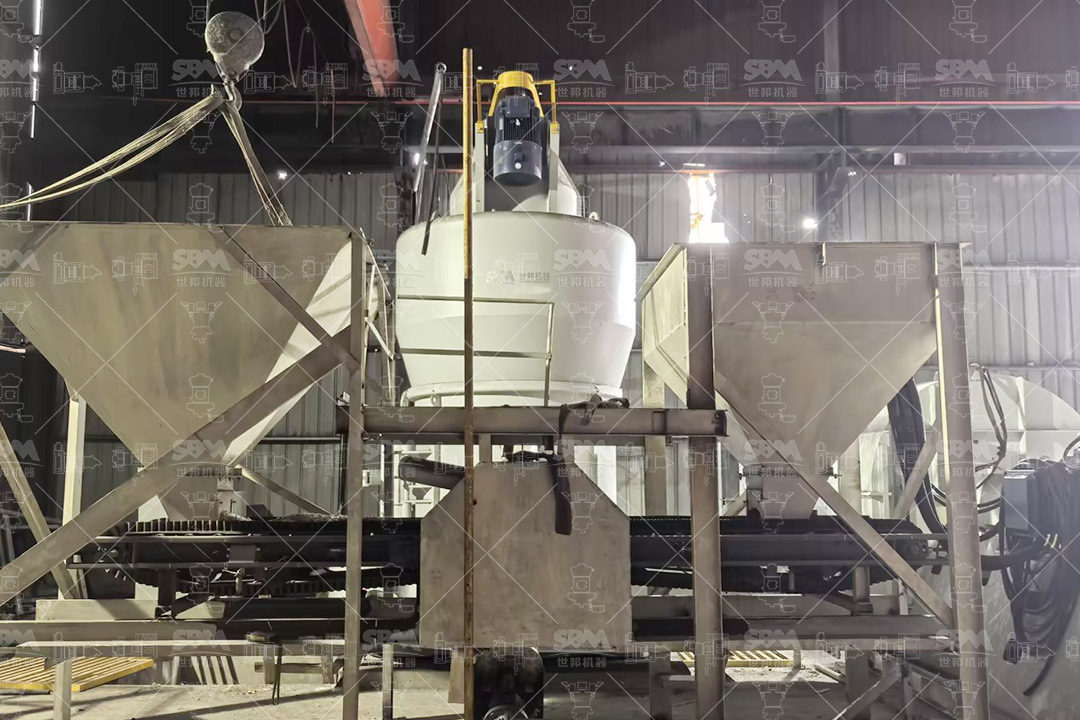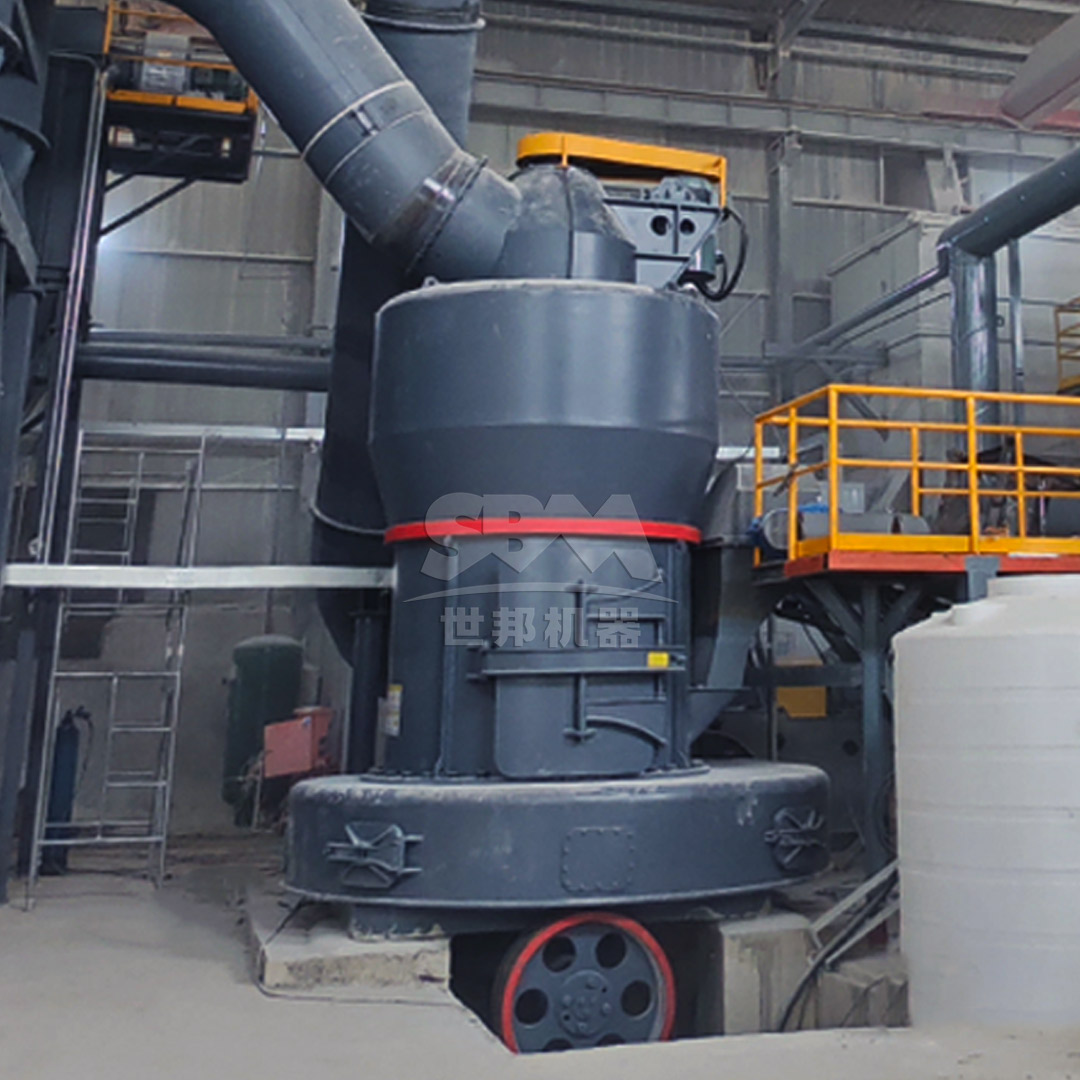November 14, 2025
Introduction to Carbon Black Grinding Challenges
Carbon black grinding presents unique challenges in industrial processing due to its abrasive nature and specific fineness requirements. As a crucial material in rubber, plastic, ink, and coating industries, achieving consistent particle size distribution while maintaining operational efficiency is paramount. This comprehensive guide addresses common problems encountered in carbon black grinding mills and provides practical troubleshooting solutions to optimize your production process.

Common Carbon Black Grinding Problems and Solutions
1. Excessive Energy Consumption
High energy consumption often indicates inefficiencies in the grinding process. For carbon black processing, this typically results from improper mill selection or suboptimal operating parameters.
Root Causes:
- Oversized equipment for the required throughput
- Inefficient grinding mechanism selection
- Poor classification system performance
- Excessive recirculation of material
Troubleshooting Steps:
- Verify mill capacity matches production requirements
- Optimize classifier speed for target particle size
- Check for proper air flow and ventilation
- Monitor motor current and adjust feed rate accordingly
2. Inconsistent Particle Size Distribution
Uneven particle size distribution affects product quality and downstream application performance. Carbon black requires precise control over D97 values to meet industry specifications.
Root Causes:
- Worn grinding elements
- Classifier malfunction or improper settings
- Fluctuating feed rates
- Airflow instability
Troubleshooting Steps:
- Regular inspection and replacement of wear parts
- Calibrate classification system according to target fineness
- Implement consistent feeding systems
- Monitor and stabilize system pressure drops

3. Low Production Capacity
Reduced throughput can significantly impact production schedules and operational costs. For carbon black grinding, capacity issues often stem from multiple factors.
Root Causes:
- Inadequate mill power for material hardness
- Poor feeding system design
- Classification system bottlenecks
- Excessive moisture content in feed material
Troubleshooting Steps:
- Verify raw material specifications match mill capabilities
- Optimize feed size distribution
- Ensure proper drying of carbon black before grinding
- Check collection system efficiency
4. Excessive Wear of Grinding Components
Carbon black’s abrasive nature accelerates wear on grinding elements, leading to increased maintenance costs and downtime.
Root Causes:
- Inappropriate material selection for wear parts
- High rotational speeds
- Contamination in feed material
- Improper clearance settings
Troubleshooting Steps:
- Select wear-resistant materials specifically for carbon black
- Implement predictive maintenance schedules
- Monitor vibration levels for early detection
- Establish proper lubrication protocols
Recommended Equipment for Carbon Black Grinding
SCM Ultrafine Mill for High-Precision Applications
For operations requiring ultra-fine carbon black powders with D97 ≤ 5μm, our SCM Ultrafine Mill provides exceptional performance and reliability. This mill specifically addresses the challenges of carbon black grinding through its advanced design features.
| Model |
Processing Capacity (ton/h) |
Main Motor Power (kW) |
Output Fineness (mesh) |
| SCM800 |
0.5-4.5 |
75 |
325-2500 |
| SCM900 |
0.8-6.5 |
90 |
325-2500 |
| SCM1000 |
1.0-8.5 |
132 |
325-2500 |
| SCM1250 |
2.5-14 |
185 |
325-2500 |
| SCM1680 |
5.0-25 |
315 |
325-2500 |
Key Advantages for Carbon Black Processing:
- High-Efficiency Classification: Vertical turbine classifier ensures precise particle size control with no coarse powder contamination
- Energy Savings: 30% lower energy consumption compared to jet mills with double the capacity
- Durable Construction: Special material rollers and grinding rings provide extended service life
- Environmental Compliance: Pulse dust collection exceeds international standards with noise levels ≤75dB
LUM Ultra-Fine Vertical Mill for Advanced Applications
For operations requiring the highest level of precision in carbon black grinding, the LUM Ultra-Fine Vertical Mill offers superior performance with its advanced grinding and classification technology.
| Model |
Processing Capacity (t/h) |
Main Motor Power (kW) |
D97 Particle Size |
| LUM1525 |
1.6-11.5 |
220-250 |
5-30 μm |
| LUM1632 |
2-13.5 |
280-315 |
5-30 μm |
| LUM1836 |
2.3-15 |
355-400 |
5-30 μm |
Technical Advantages:
- Multi-rotor classification technology eliminates coarse particles
- PLC automation system ensures stable operation
- Fully sealed negative pressure operation prevents dust leakage
- Unique roller sleeve and liner curve design enhances grinding efficiency

Preventive Maintenance Strategies
Regular Inspection Schedule
Implementing a comprehensive maintenance program is crucial for minimizing downtime and ensuring consistent carbon black quality. Key maintenance activities include:
- Daily: Visual inspection, lubrication check, vibration monitoring
- Weekly: Classifier blade inspection, wear measurement, belt tension check
- Monthly: Complete system inspection, electrical component testing
- Quarterly: Major component overhaul, alignment verification
Wear Part Management
Given the abrasive nature of carbon black, establishing a systematic approach to wear part replacement prevents unexpected failures:
- Maintain critical spare parts inventory
- Monitor wear rates and establish replacement thresholds
- Use wear-resistant materials specifically designed for carbon black
- Implement condition-based monitoring techniques
Operational Best Practices
Optimizing Grinding Parameters
Proper parameter adjustment significantly impacts carbon black grinding efficiency and product quality:
- Maintain consistent feed rate within ±5% of setpoint
- Optimize classifier speed based on target fineness
- Control system temperature to prevent thermal degradation
- Monitor and adjust grinding pressure according to material characteristics
Quality Control Measures
Implementing robust quality control ensures consistent carbon black properties:
- Regular particle size analysis using laser diffraction
- Monitoring of specific surface area (BET method)
- Chemical composition verification
- Bulk density and absorption number testing
Conclusion
Effective troubleshooting of carbon black grinding mill problems requires a systematic approach that addresses both mechanical and operational factors. By understanding common issues such as excessive energy consumption, inconsistent particle size, capacity limitations, and component wear, operators can implement targeted solutions that optimize performance and reduce downtime. The selection of appropriate grinding equipment, particularly our SCM Ultrafine Mill and LUM Ultra-Fine Vertical Mill, provides the technological foundation for efficient carbon black processing. Combined with preventive maintenance and operational best practices, these solutions ensure reliable production of high-quality carbon black products that meet stringent industry specifications.


